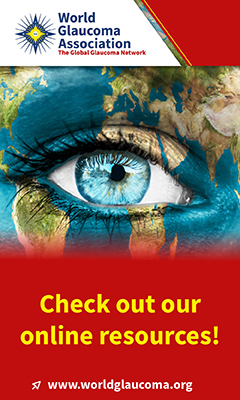advertisement

Abstract #113279 Published in IGR 24-3
Complex Chromosomal Rearrangement Involving Chromosomes 10 and 11, Accompanied by Two Adjacent 11p14.1p13 and 11p13p12 Deletions, Identified in a Patient with WAGR Syndrome
Marakhonov AV; Vasilyeva TA; Minzhenkova ME; Sukhanova NV; Sparber PA; Andreeva NA; Teleshova MV; Baybagisova FK; Shilova NV; Kutsev SI; Zinchenko RAInternational journal of molecular sciences 2023; 24:
Three years ago, our patient, at that time a 16-month-old boy, was discovered to have bilateral kidney lesions with a giant tumor in the right kidney. Chemotherapy and bilateral nephron-sparing surgery (NSS) for Wilms tumor with nephroblastomatosis was carried out. The patient also had eye affection, including glaucoma, eye enlargement, megalocornea, severe corneal swelling and opacity, complete aniridia, and nystagmus. The diagnosis of WAGR syndrome was suspected. De novo complex chromosomal rearrangement with balanced translocation t(10,11)(p15;p13) and a pericentric inversion inv(11)(p13q12), accompanied by two adjacent 11p14.1p13 and 11p13p12 deletions, were identified. Deletions are raised through the complex molecular mechanism of two subsequent rearrangements affecting chromosomes 11 and 10. WAGR syndrome diagnosis was clinically and molecularly confirmed, highlighting the necessity of comprehensive genetic testing in patients with congenital aniridia and/or WAGR syndrome.
Research Centre for Medical Genetics, Moscow 115522, Russia.
Full article
